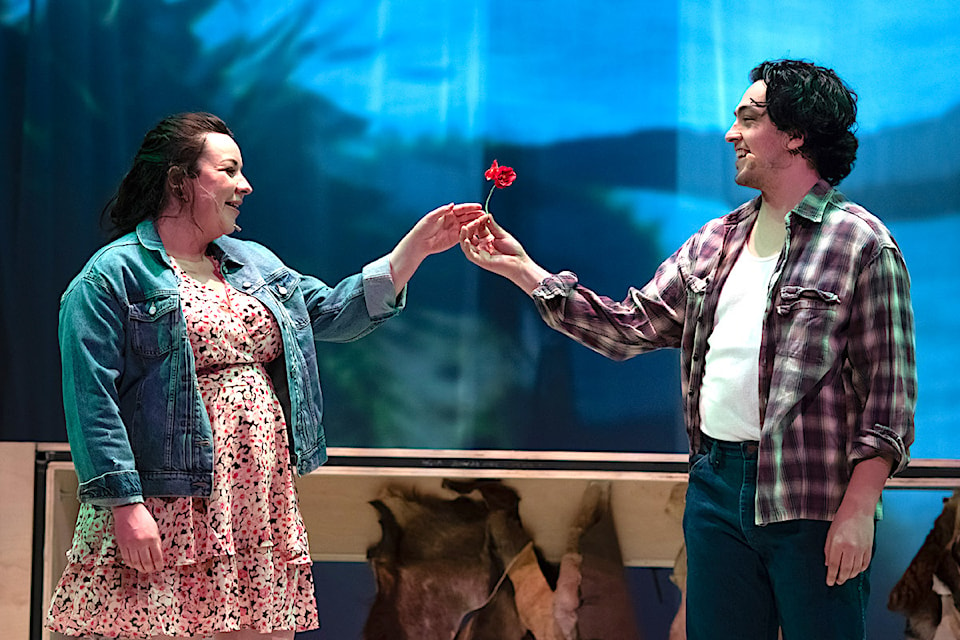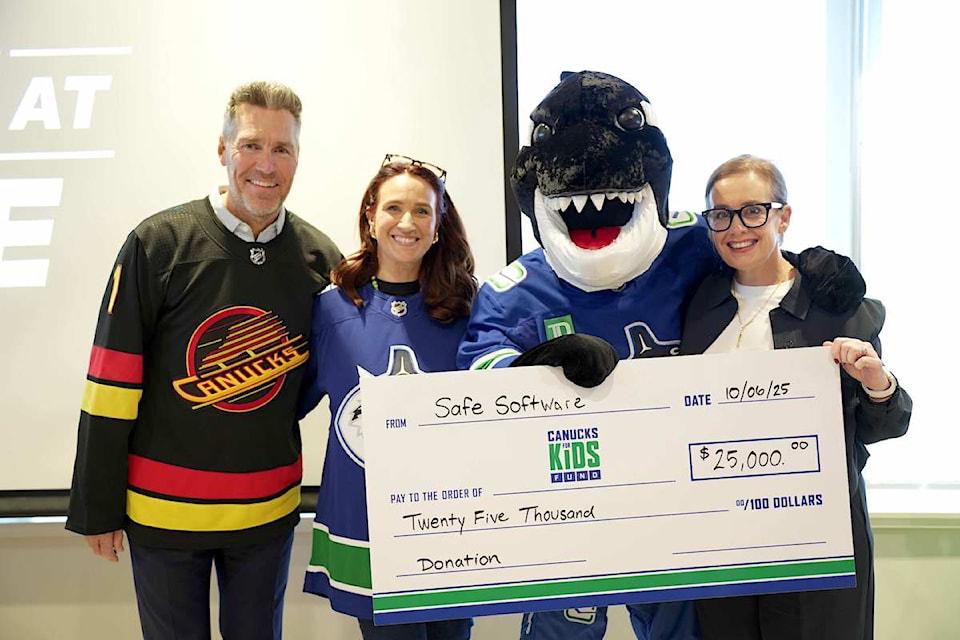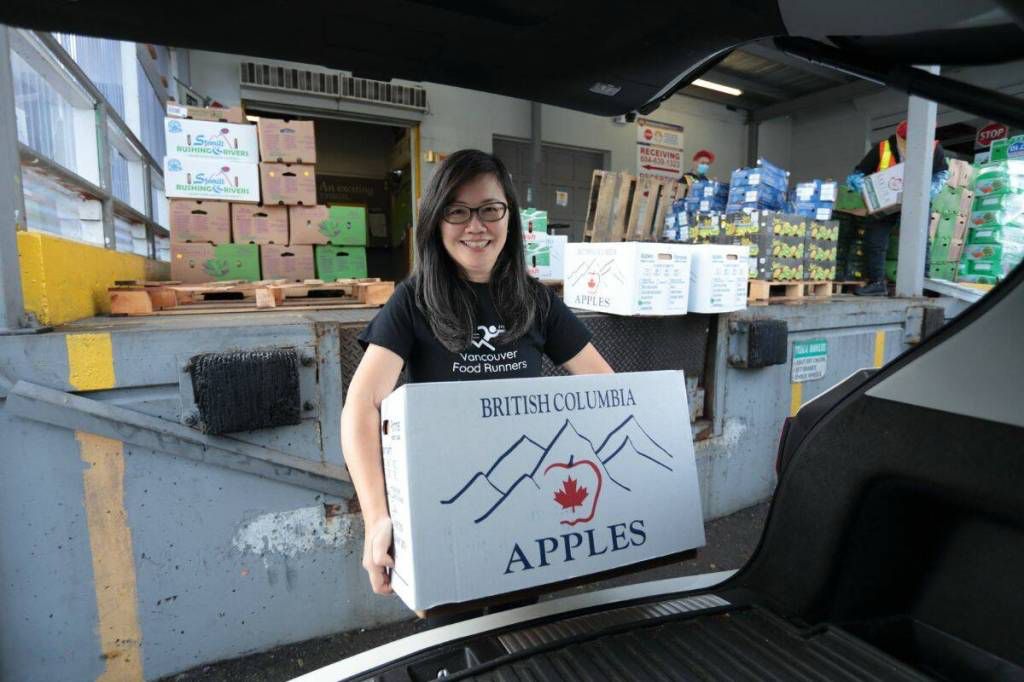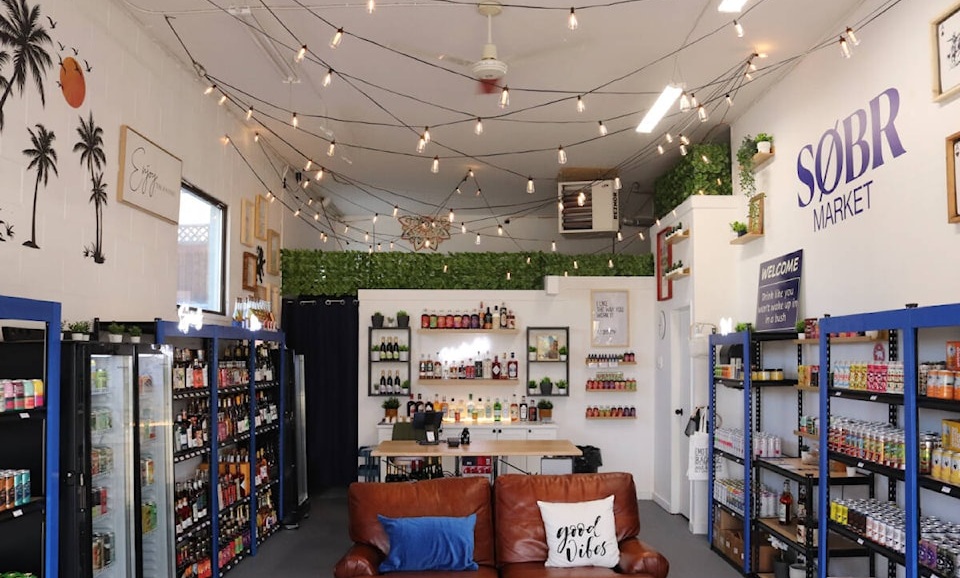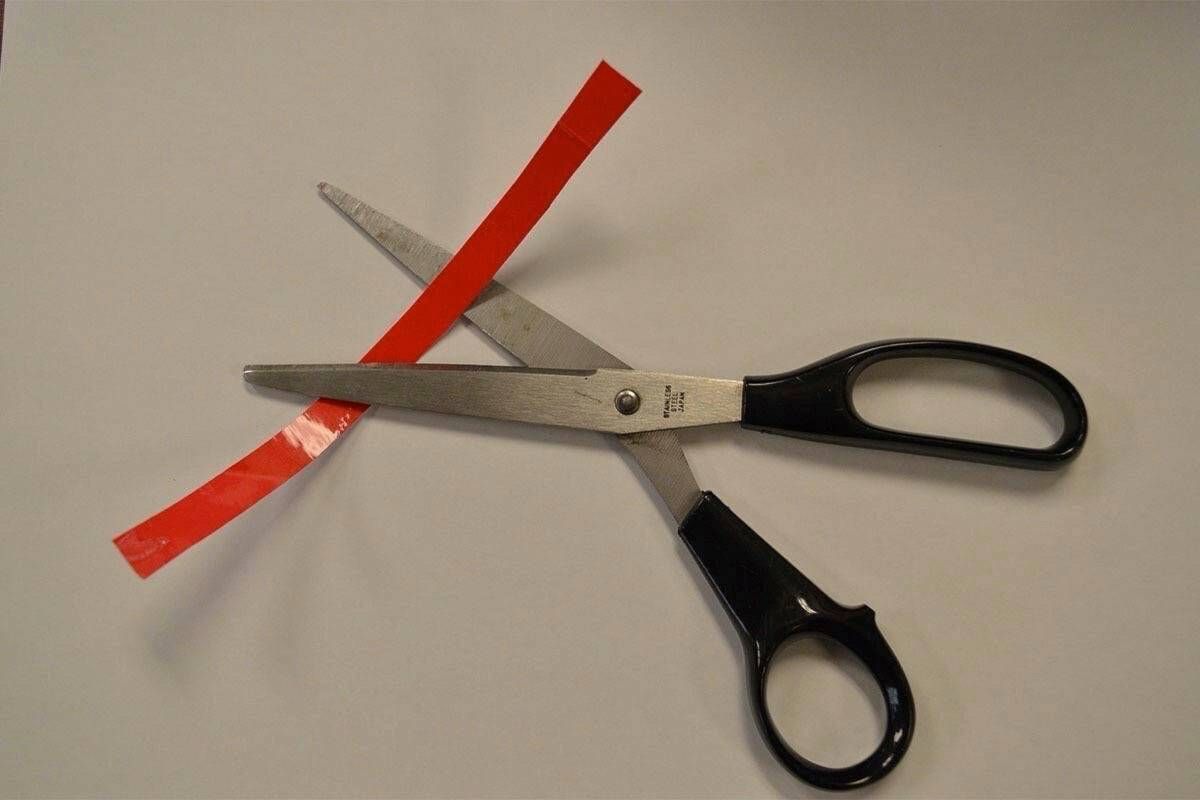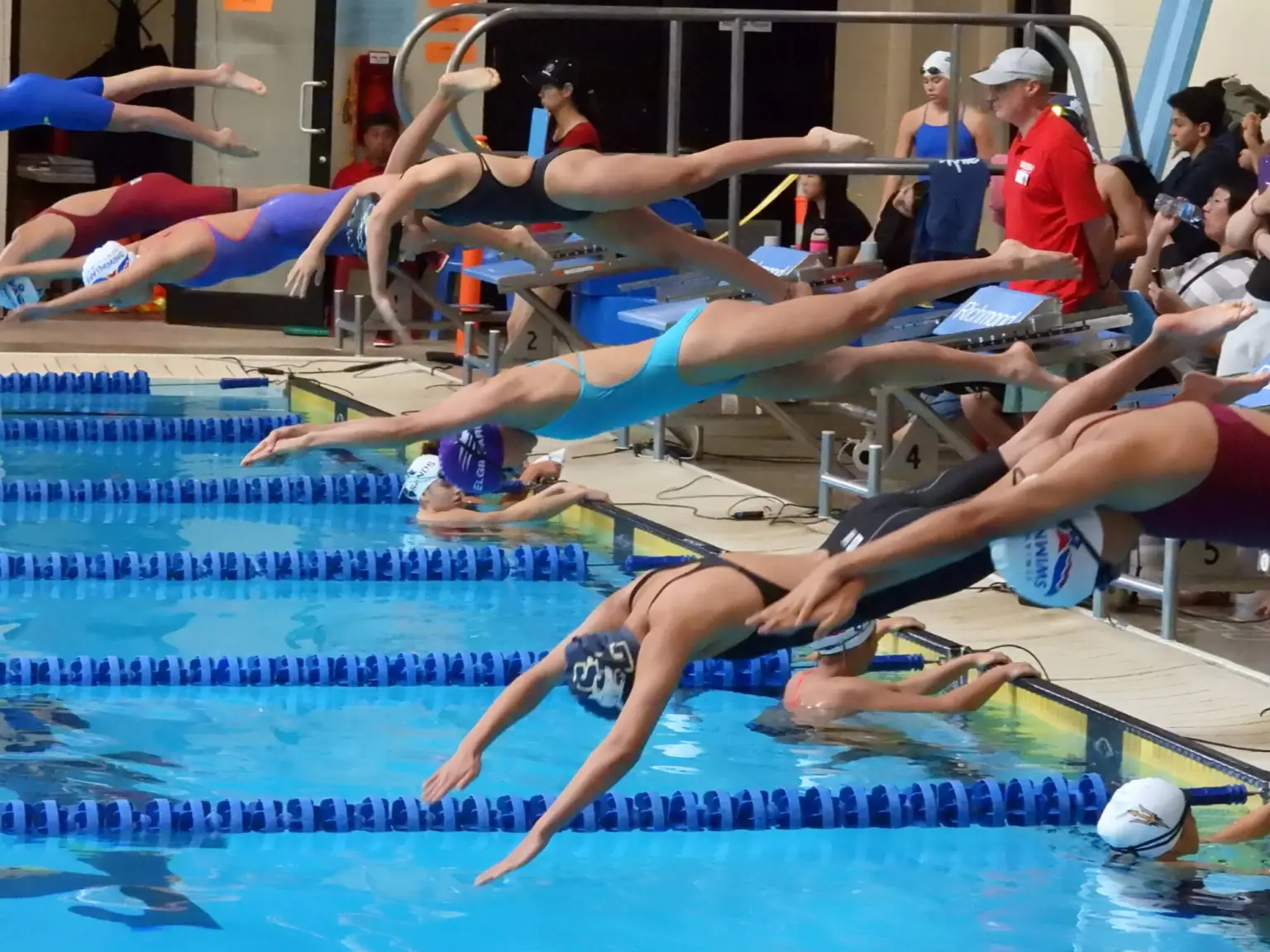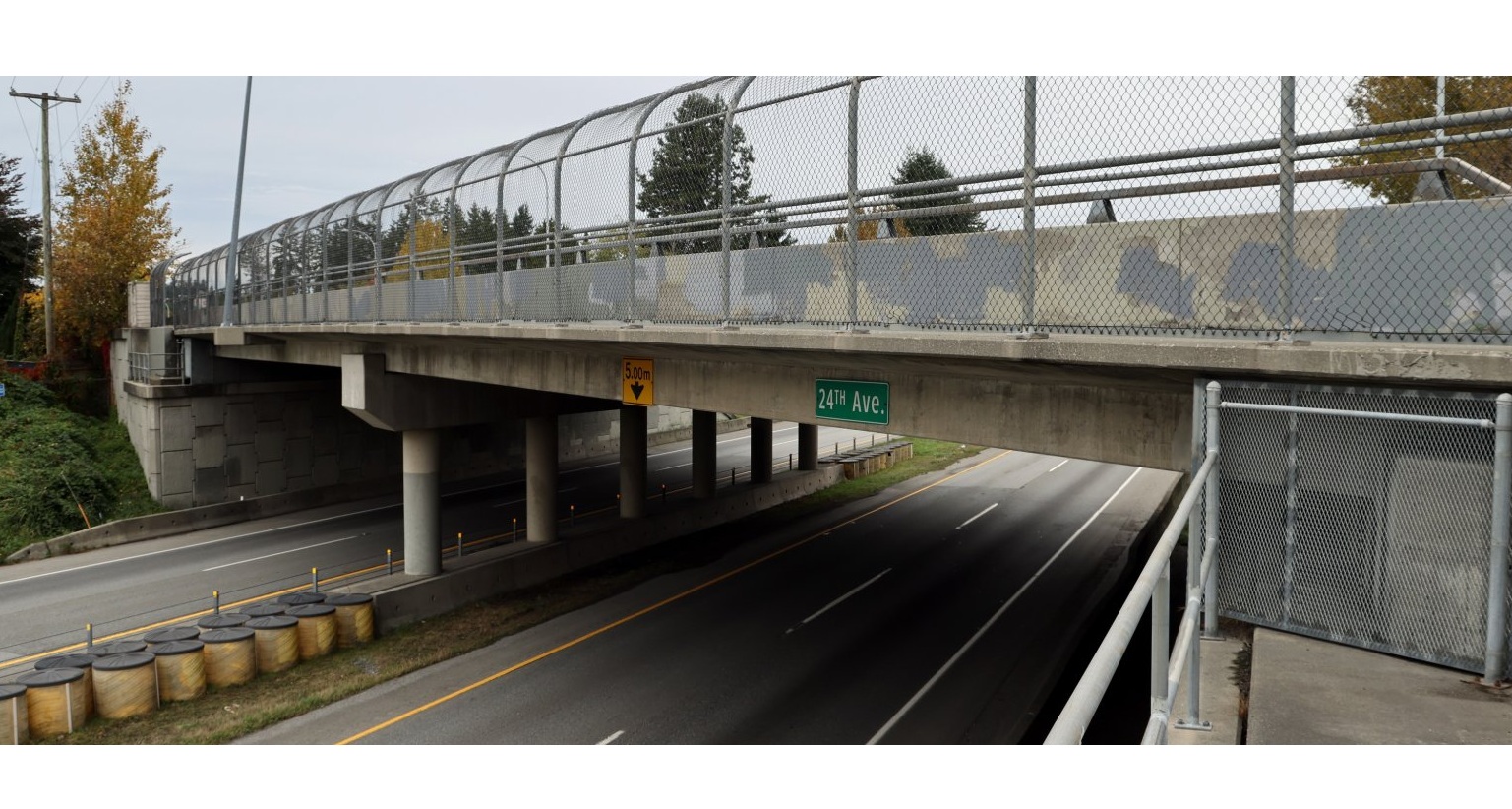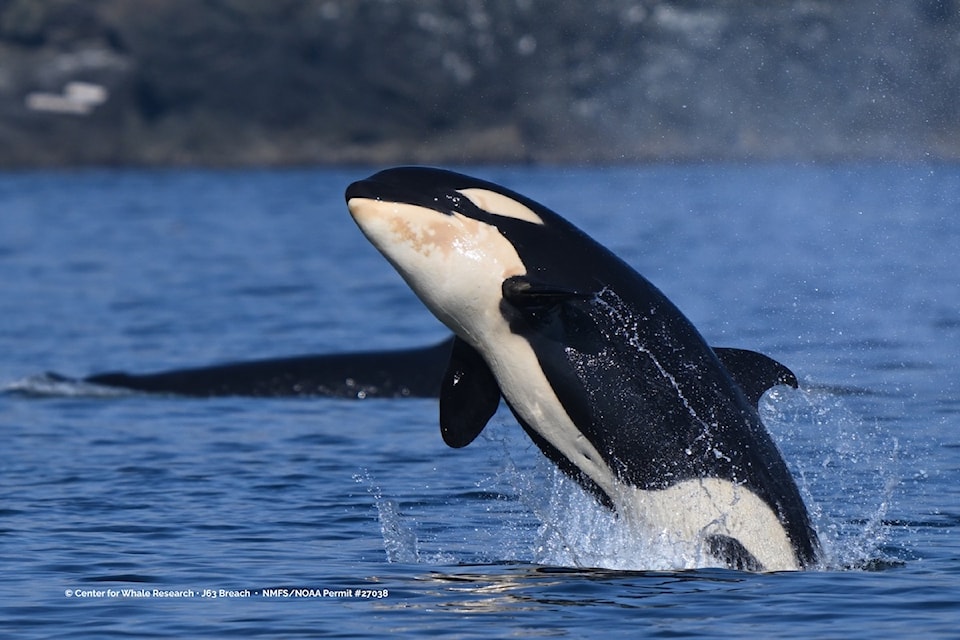B.C.’s southern resident killer whales still face decline, but new births and conservation efforts offer a rare glimmer of hope for this iconic species.
A Fragile Future for B.C.’s Southern Resident Orcas
It’s been another turbulent year for B.C.’s southern resident killer whales—a story of heartbreak, resilience, and a fight for survival. The latest census by the Center for Whale Research in Washington State counted 74 individuals as of July 1. That’s just one more than last year, but every single whale matters in a population still struggling to recover.
Research director Dr. Michael Weiss says the slight increase doesn’t tell the whole story. “We’re still in an overall decline,” he explains. “To truly understand what’s happening, you have to look below the surface.”
Life, Loss, and the Constant Battle to Survive
This year, tragedy struck with the confirmed death of K26, a mature male missing since summer 2024. His loss is significant—he was reproductively viable and father to J51, who’s just reaching breeding age.
Yet, there’s light amid the darkness. Four new calves were born across the population—three in the J pod and one in the L pod. Sadly, only two survived to the July count: J62 and J63.
Each pod tells its own story. The L pod appears stable at 33 whales after years of decline. The K pod, with only 14 members, faces a grim outlook—no viable births since 2022. “At this rate,” says Weiss, “K pod is on a path toward extinction.”
Meanwhile, the J pod offers a glimmer of hope. It’s the only group showing modest growth, thanks to a few new calves and no adult deaths in recent years. But Weiss cautions that this fragile progress could shift quickly.
Fifty Years of Counting—and Concern
This year marks the 50th annual census of the southern resident orcas. The first count, back in 1976, recorded 71 individuals—shockingly close to today’s total.
Those early numbers came just after marine park captures decimated the species in the 1960s and ’70s, when more than 50 whales were taken into captivity. Before that, their numbers likely exceeded 100 individuals.
“We nearly reached 100 again in the 1990s,” Weiss recalls. “But since then, it’s mostly been a slow decline.”
The Three Biggest Threat
Today, these orcas are battling against three main threats:
- Toxic pollution that contaminates their food and bodies.
- Underwater noise that disrupts their hunting and communication.
- The decline of chinook salmon, their primary food source.
Among these, the lack of chinook salmon is the most critical. Orca mothers need ample salmon to stay healthy through their 18-month pregnancies and while nursing calves. Without enough food, they suffer from malnutrition and higher rates of calf loss.
Restoring salmon habitats, adapting fishing methods, and supporting local conservation projects could make a big difference. Weiss emphasizes, “These are big, systemic problems—but collective action can turn the tide.”
A Call for Collective Action
Weiss urges people to speak up and get involved. “Contact your representatives,” he says. “Make sure they take the environment seriously. And if you see a habitat restoration project nearby, volunteer—plant trees, help clean rivers. It all matters.”
A Glimmer of Hope in Rough Waters
Despite the sobering statistics, Weiss remains cautiously optimistic. “The situation is dire, but it’s not hopeless,” he insists. With a holistic approach to tackling their three biggest threats, he believes the orcas could once again number over 100—though it may take decades.
“They’ll take the chances they’re given,” Weiss says. “If we restore their food and habitat, they can bounce back.”
That optimism grew stronger in September with the sighting of J64, a newborn calf born to first-time mother J42. Though not included in the official census, this tiny addition is a symbol of resilience.
Even more remarkable, J42’s pregnancy defied concerns about inbreeding. “She’s kind of the poster child for genetic challenges,” Weiss explains. “The fact that she was able to reproduce at all—that’s a win.”
And with a few other females possibly pregnant, researchers are keeping their hopes alive for more calves this winter.
The Bottom Line
Yes, the southern resident killer whales are still endangered. Yes, the odds remain steep. But hope—like these whales—refuses to vanish.
Every birth, every policy change, every restored riverbank brings us closer to a future where these majestic orcas can thrive once again.
Stay updated instantly — follow us on Instagram | Facebook | X



